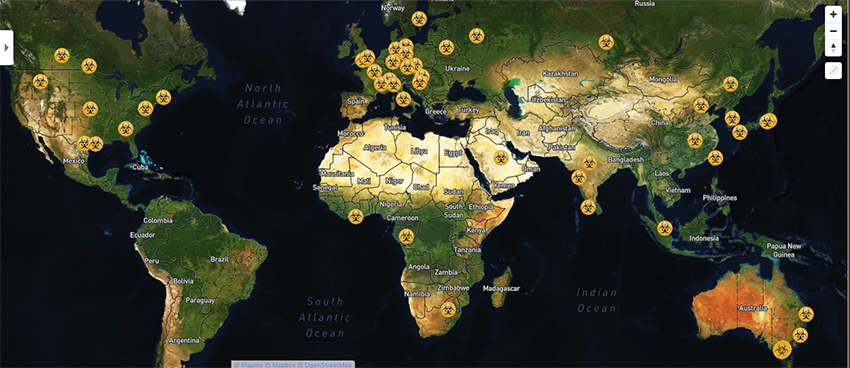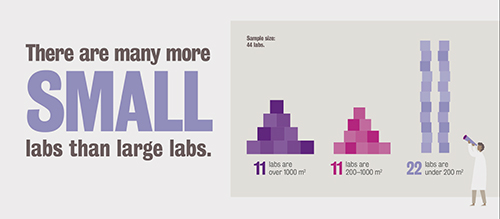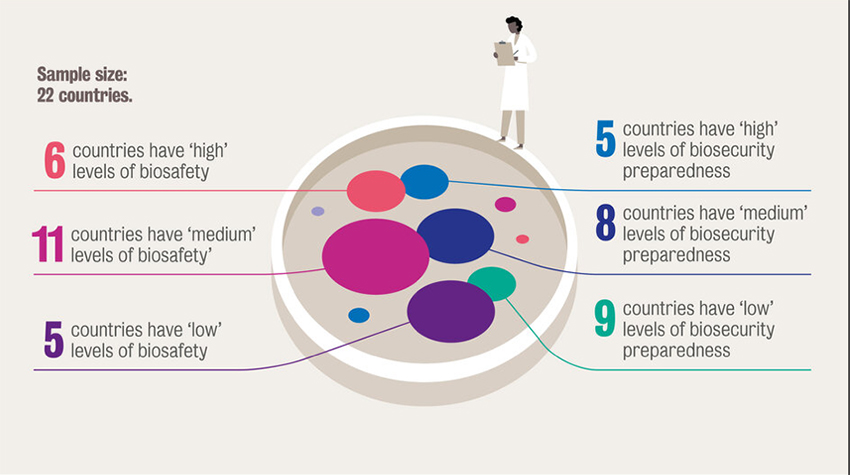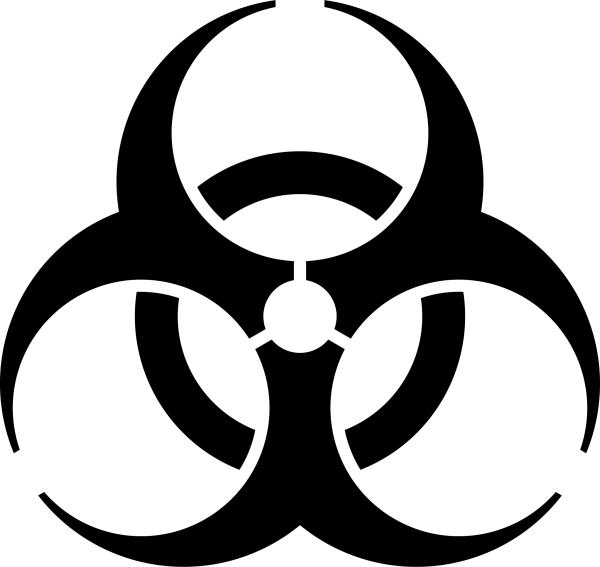Globally, we will soon have 59 Biosafety Level 4 labs
- spread across 23 countries
- the majority (77%) in urban areas
- 13% of the countries have oversight over “dual-use” – when research target for “civilian purposes” can be applied to military ones
- 25 in Europe, 14 in North America, 13 in Asia, 4 in Australia, 3 in Africa
- 60% are government-run for public health purposes; the overwhelming number, 48, study human health.

“…there are no binding international standards for safe, secure, and responsible work on  pathogens in maximum containment labs.”
pathogens in maximum containment labs.”
Biosecurity and Biosafety
A biosecurity score was given based on whether a country had a record of the inventory of their BSL-4 labs, legislation, and a government agency responsible for their design, cybersecurity, fail-safe and containment systems, training, and vetting of personnel, and transportation procedures.
A biosafety score was likewise given based on legislation and a government agency responsible for standardizing training of personnel, screening of what genetic materials might be sold to the general scientific population, oversight over dual-use of genetic material for civilian and military purposes.

Here is how we match up with China in those two areas

Source: Johns Hopkins Center for Health Security in conjunction with the Nuclear Threat Initiative and the Economist Tracking BSL-4 labs around the world.




